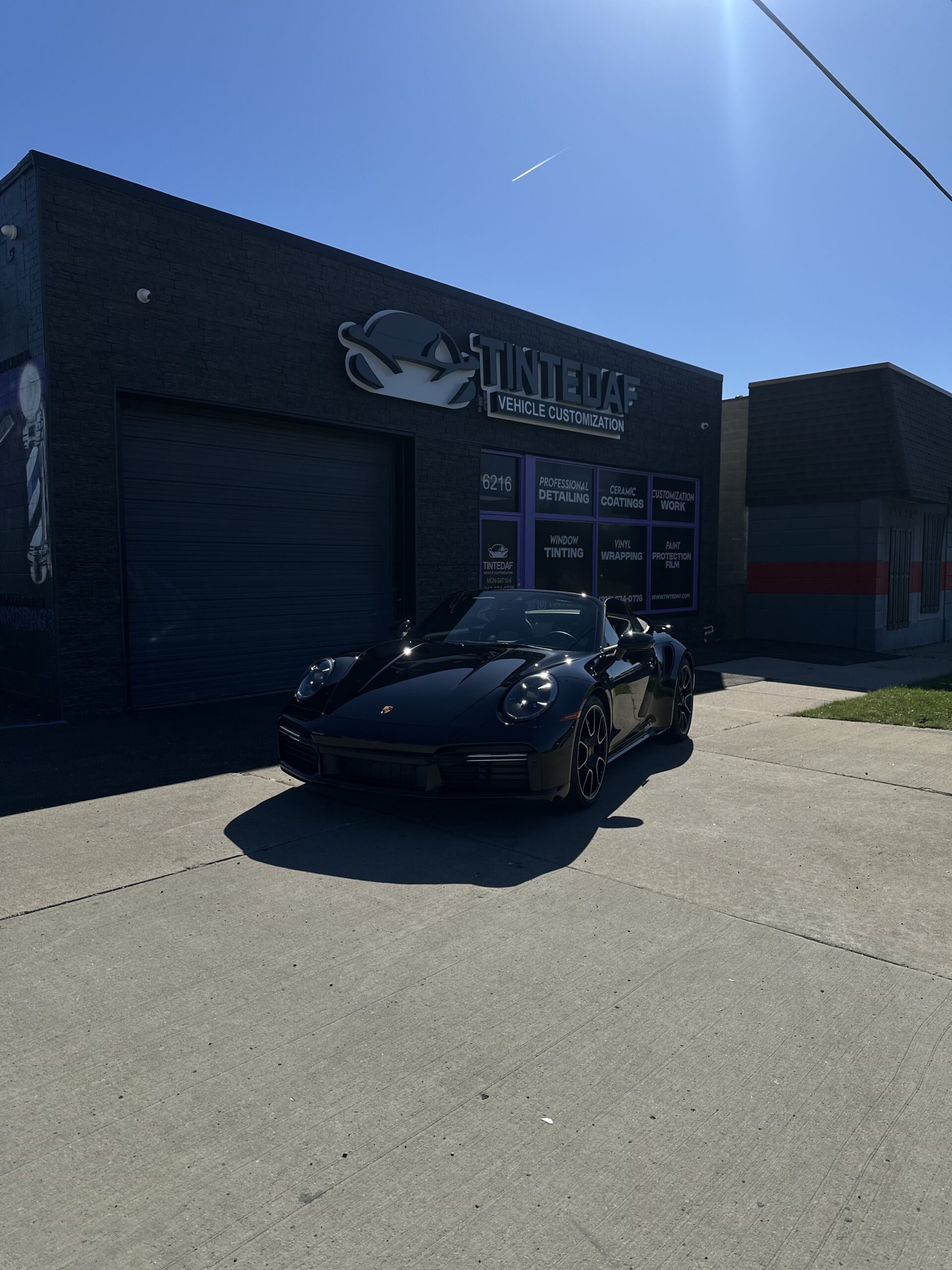Step into any modern car and you’ll see a digital dashboard glowing back at you. Screens, sensors, and smart systems have become the heart of today’s vehicles. While these features make driving safer and more enjoyable, they also come with new challenges. Electronics are more sensitive to heat and sunlight than traditional mechanical parts, making them vulnerable in ways many drivers overlook.
This is where window tinting plays a crucial role. More than just a cosmetic upgrade, tinting helps shield delicate electronics from ultraviolet rays, infrared heat, and the overall strain of high cabin temperatures. Companies like TintedAF provide educational resources showing why prevention through tinting is key to protecting the very systems that keep cars running smoothly.
The Rise of Electronics in Modern Vehicles
From Simple Controls to Complex Systems
Cars once relied mainly on mechanical parts, but now electronics run almost everything. Touchscreens control climate, navigation, and music. Microchips coordinate sensors for parking assistance and collision warnings. Even steering and braking systems in some vehicles have electronic support.
With this shift, protecting electronics has become just as important as protecting the engine. As vehicles evolve, the risk of heat-related electronic issues increases, making preventive measures like window tinting more relevant than ever.
Why Heat and Light Are Bigger Threats Than Ever
Electronics are fragile compared to traditional parts. A sudden spike in heat can distort displays, weaken microchips, or cause wiring insulation to degrade. Sunlight entering through untreated glass intensifies these conditions by trapping energy inside.
The more technology advances, the more vehicles rely on systems vulnerable to environmental stress. Without some form of barrier, like tinting, electronics are left exposed to conditions they weren’t designed to endure daily.
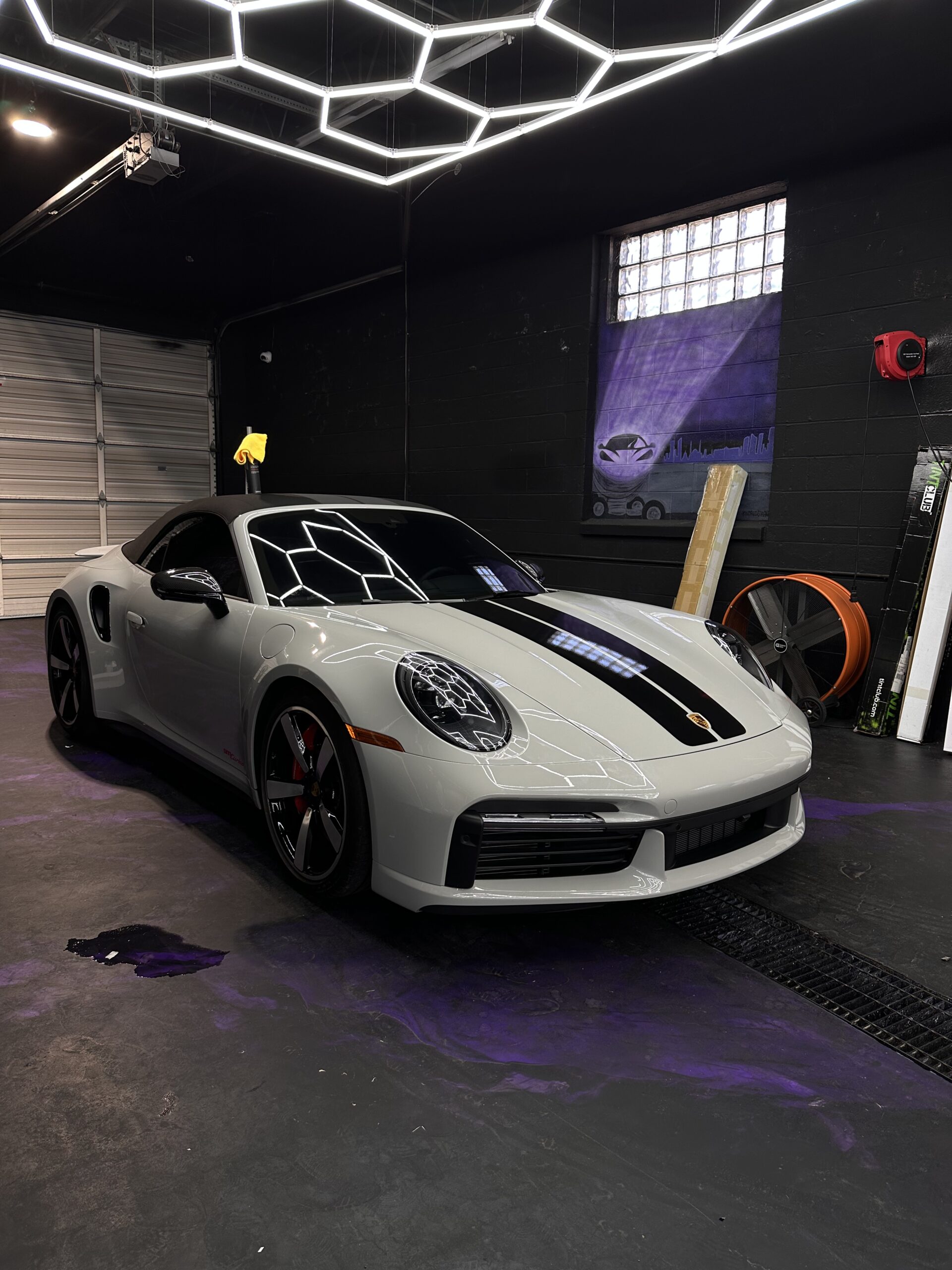
Understanding How Sunlight Affects Electronics
Ultraviolet (UV) Damage Over Time
UV rays may be invisible, but their impact is powerful. Prolonged exposure degrades plastics, weakens coatings, and accelerates the aging of electrical components. For example, display housings and sensor covers become brittle, making them more prone to cracks or malfunctions.
This gradual weakening doesn’t happen overnight, but over years it adds up. Window tinting acts as a filter, reducing UV penetration and slowing down this steady deterioration of electronic parts.
Infrared Heat and Its Impact on Internal Systems
Infrared radiation is responsible for the intense heat buildup inside vehicles. When interiors heat up beyond 120°F (49°C), delicate components expand and contract repeatedly. Over time, this thermal cycling causes solder joints to loosen and connections to fail.
By reducing infrared entry, window tinting helps maintain stable interior conditions. Electronics work best in consistent environments, and tinting provides that stability by cutting down the intensity of thermal stress.
Sensitive Components Most at Risk
Touchscreens, Displays, and Infotainment Panels
Modern dashboards are dominated by digital displays. These use liquid crystals, delicate circuits, and glass panels — all of which react poorly to excess heat. Symptoms of heat stress include fading screens, unresponsive touch controls, and ghosting effects.
Window Tinting Dearborn reduces direct sunlight exposure, which lowers the risk of overheating. By maintaining cooler cabin conditions, tinting helps displays remain clear and functional for longer.
Sensors, Wiring, and Microchips
Vehicles are filled with hidden sensors — from those behind the windshield to those monitoring tire pressure. Many are located in high-heat areas and are easily compromised by rising cabin temperatures.
Wiring insulation can dry out, and microchips can lose efficiency under constant stress. Tinting shields the cabin from extreme heat, reducing these risks and ensuring safety features operate reliably.
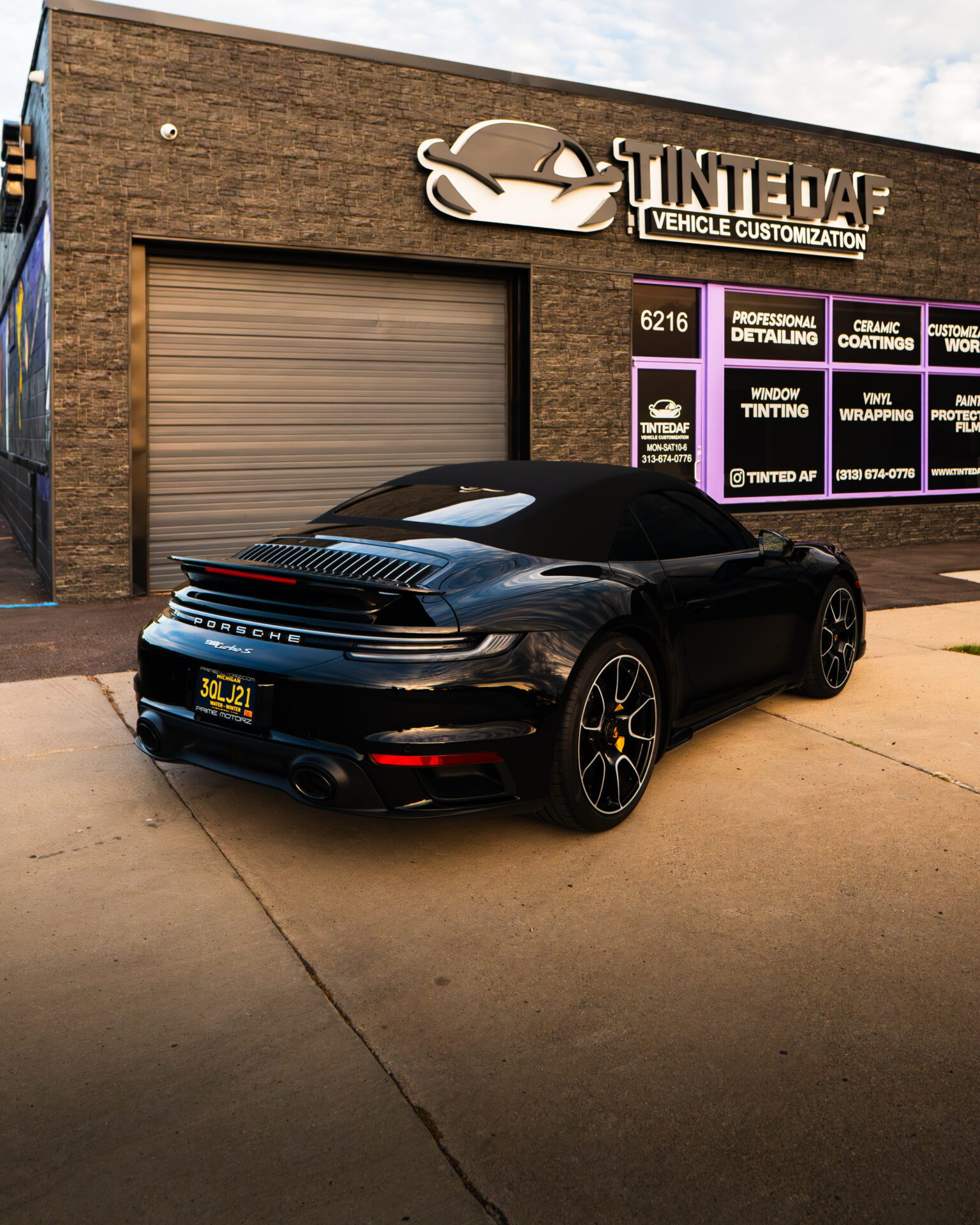
The Role of Cabin Heat in Electrical Stress
Why Hot Interiors Force Systems to Work Harder
When a car interior becomes too hot, electronic cooling fans and climate systems kick in to stabilize conditions. This extra demand strains both the electronics and the battery. In electric vehicles, heavy cooling drains range; in gas cars, it adds fuel consumption.
Window tinting eases this burden by keeping interiors cooler in the first place. Less cooling demand means less stress on electronics and supporting systems.
Long-Term Wear Caused by Temperature Fluctuations
Electronics don’t just struggle with extreme highs — it’s the cycle of hot days and cooler nights that does the most damage. Constant expansion and contraction weakens tiny components, leading to eventual failure.
Tinting moderates these temperature swings. By creating a more balanced environment, it slows down the wear and extends the lifespan of sensitive parts.
How Window Tinting Provides Protection
Blocking Harmful UV Rays at the Source
Window tinting can block up to 99% of UV radiation. This means dashboards, displays, and wiring casings are no longer constantly bombarded by invisible rays that speed up deterioration.
The result is simple: electronics remain intact for longer, and protective casings don’t degrade prematurely. Tinting provides an invisible layer of defense that most drivers never think about.
Reducing Heat Build-Up Inside the Cabin
By filtering infrared radiation, tinting prevents the greenhouse effect that raises cabin temperatures dramatically. Instead of starting trips with overheated electronics, drivers enjoy stable conditions that keep systems safe.
Over time, this reduction in heat stress is what helps prevent malfunctions and extends the service life of expensive electronic parts.
Scientific Evidence on Heat and Electronics Lifespan
Data from Automotive Research Studies
Research shows that for every 18°F (10°C) rise in temperature, the lifespan of electronics can be cut in half. This makes interior heat one of the most dangerous factors for long-term vehicle reliability.
Window tinting directly addresses this issue by lowering interior temperatures and protecting sensitive systems from rapid aging.
Real-World Examples of Electronics Failures
Drivers in hot climates often report failing displays, malfunctioning sensors, and weakened batteries earlier than expected. Cars without tinted windows face these issues much sooner than those with protective films.
Such real-world differences prove that tinting is not just a cosmetic option but a practical defense against premature electronics failure.
Additional Benefits Beyond Electronics Protection
Improved Driver Comfort and Visibility
By cutting glare and reducing heat, window tinting makes the cabin a more comfortable place. Drivers experience less eye strain and can focus better on the road.
This comfort ties back to electronics as well, since displays are easier to read and more responsive when not overheated.
Preserving Vehicle Interior Materials
Electronics aren’t the only things at risk. Leather, fabrics, and plastics all suffer from prolonged sunlight exposure. Tinting preserves these materials, ensuring the whole cabin remains in good condition.
By maintaining the overall health of the interior, tinting contributes to a balanced environment where electronics can function optimally.
The Informational Role of TintedAF
Sharing Knowledge About Electronics Protection
TintedAF emphasizes that tinting is more than an appearance upgrade. Their informational resources help drivers understand how cabin heat and UV rays directly affect vehicle electronics.
By spreading awareness, they highlight why preventive steps matter in protecting both comfort and functionality.
Highlighting Preventive Care for Vehicle Owners
Instead of waiting for electronics to fail, preventive care is the smarter choice. Tinting is part of that care, shielding systems before issues arise.
TintedAF shows how protecting electronics is part of a bigger picture of maintaining modern vehicles in the age of technology.
TintedAF Serving the Far West Detroit and Beyond in Detroit, MI
TintedAF is dedicated to serving the diverse needs of the local community of Detroit, MI.Including individuals residing in neighborhood like Far West Detroit With its convenient location near landmarks such as the Ann Arbor Trail Magnet Middle School major intersections like “US-24 (Telegraph Rd) & W Warren Ave and US-24 (Telegraph Rd) & Ford Rd (M-153)”(coordinates:42.334853, -83.273293) We offer Window tinting services.
Get Window tinting Services at Far West Detroit now
Navigate from Far West Detroit to TintedAF
Why Window Tinting Matters for Protecting Vehicle Electronics
- Blocks Over 99% of Harmful UV Rays Protects sensitive vehicle electronics and interior components from UV-induced degradation and fading (Source: Market.us, 2025).
- Reduces Solar Heat by Up to 60% Limits heat buildup inside the vehicle, preventing overheating of electronic systems and improving overall device longevity.
- Infrared Light Blockage Up to 97% Significantly lowers thermal stress on dashboard electronics and infotainment systems.
- Signal Interference Depends on Tint Type:
- Non-metallic ceramic and carbon tint: No interference with GPS, cell, or radio signals.
- Metalized tint: Can disrupt signals, causing GPS delays and dropped calls (Sources: Garage Slick, Prestige Protective Films, 2025).
- Interior Fading Reduced by Up to 60% Protects upholstery and embedded electronics from UV damage, preserving vehicle value and functionality (Endless Detailing WI, 2024).
- Visual Data Snapshot:Tint Type UV Block % Heat Reduction % Signal Interference Risk Ceramic 99% 60%+ None Carbon 95% 50-60% Minimal Metalized 99% 60%+ High Dyed 50-70% 30-40% None
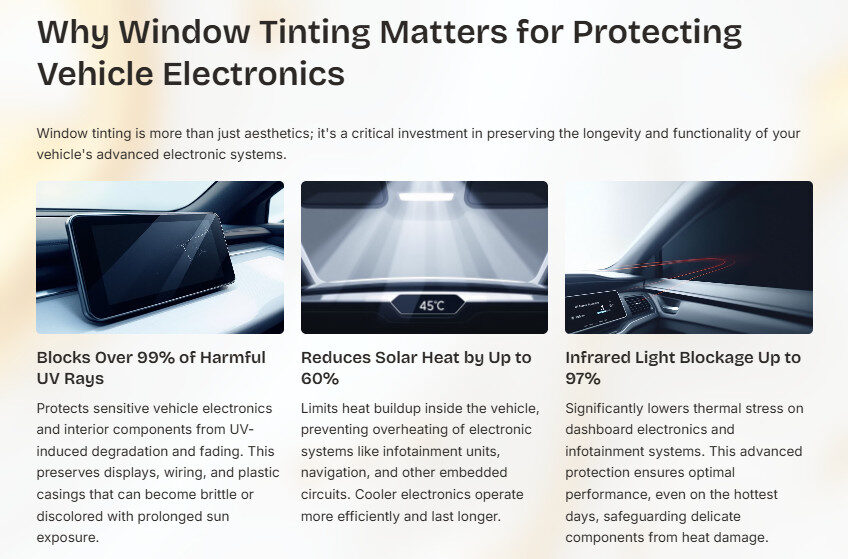
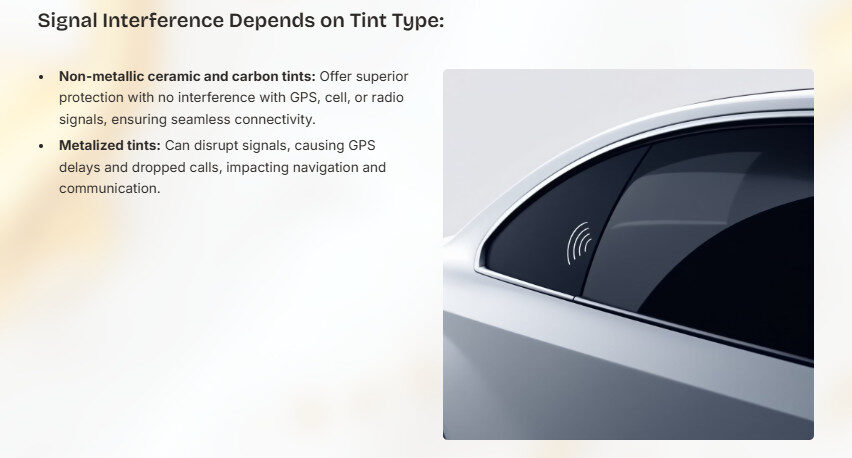
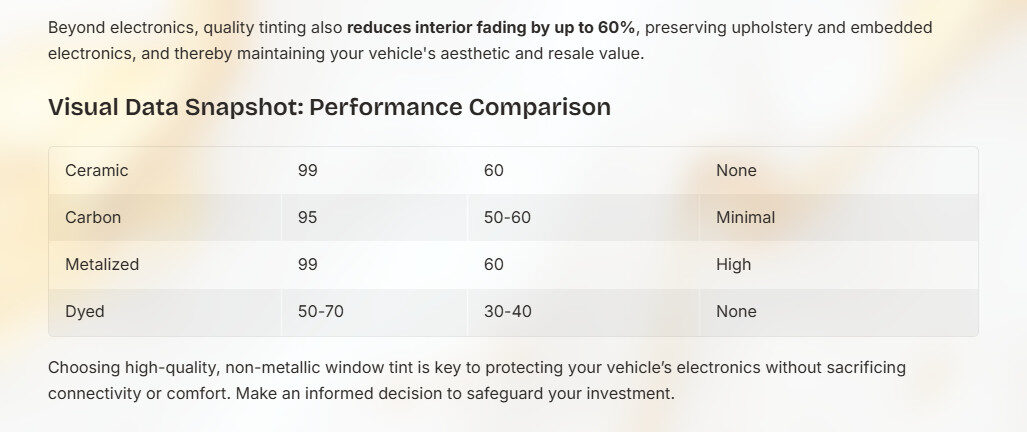
Choosing high-quality, non-metallic window tint is key to protecting your vehicle’s electronics without sacrificing connectivity or comfort.
Electronics have become the backbone of modern driving, but they are also the most vulnerable to heat and sunlight. Without protection, touchscreens fade, sensors fail, and batteries strain under constant stress. Window tinting offers a clear solution by blocking harmful rays, reducing cabin heat, and creating a stable environment for sensitive components.
Informational insights from TintedAF underline the importance of treating tinting as a protective measure, not just a style choice. By shielding electronics, drivers ensure their vehicles remain reliable, efficient, and safe for years to come.
FAQs
Q1: Why are vehicle electronics more vulnerable than mechanical parts?
Electronics are sensitive to heat and UV exposure, which degrade components faster than mechanical systems.
Q2: Can window tinting protect touchscreens from fading?
Yes. Tinting blocks UV rays and heat, keeping screens clearer and more responsive over time.
Q3: Does tinting help in colder climates too?
Yes. Even in mild climates, tinting reduces UV damage and balances interior temperature swings.
Q4: How does cabin heat affect sensors?
High heat reduces sensor accuracy and weakens wiring insulation, leading to possible malfunctions.
Q5: Is window tinting only about comfort?
No. While it improves comfort, its bigger role is protecting vehicle electronics and extending their lifespan.
Our Other Blog Posts Related Window Tinting
Why Daily Commuters Should Consider Window Tinting For Skin
Why Window Tinting Protects Drivers From Harmful UV Rays
Why Window Tinting Improves Privacy Without Blocking Visibility
How Window Tinting in Dearborn Helps Reduce Eye Fatigue for Drivers

